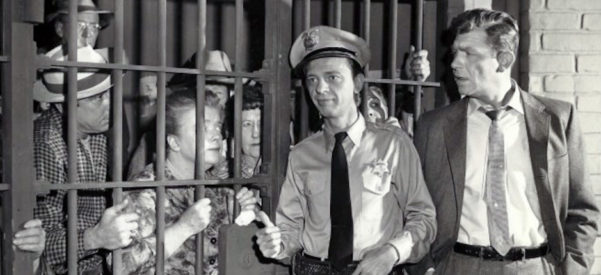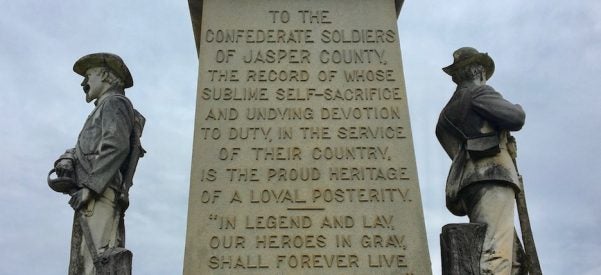Why Americans Love Andy Griffith’s Toothy Grin
In the Post-Civil Rights Era, Images of Southerners as ‘Slow-Witted Rubes’ Soothed White Anxieties
Today, when many Americans think of the “good old days”—when neighbors knew each other and the world seemed safer and simpler—they often conjure visions of the 1950s and early 1960s, as expressed in old TV comedies like The Andy Griffith Show.
But those times were not really simple: Americans were then gripped by Cold War fears and the Red Scare, and buffeted by new economic pressures. The entertainers who most successfully created sunny visions for anxious Americans of that era—our …




